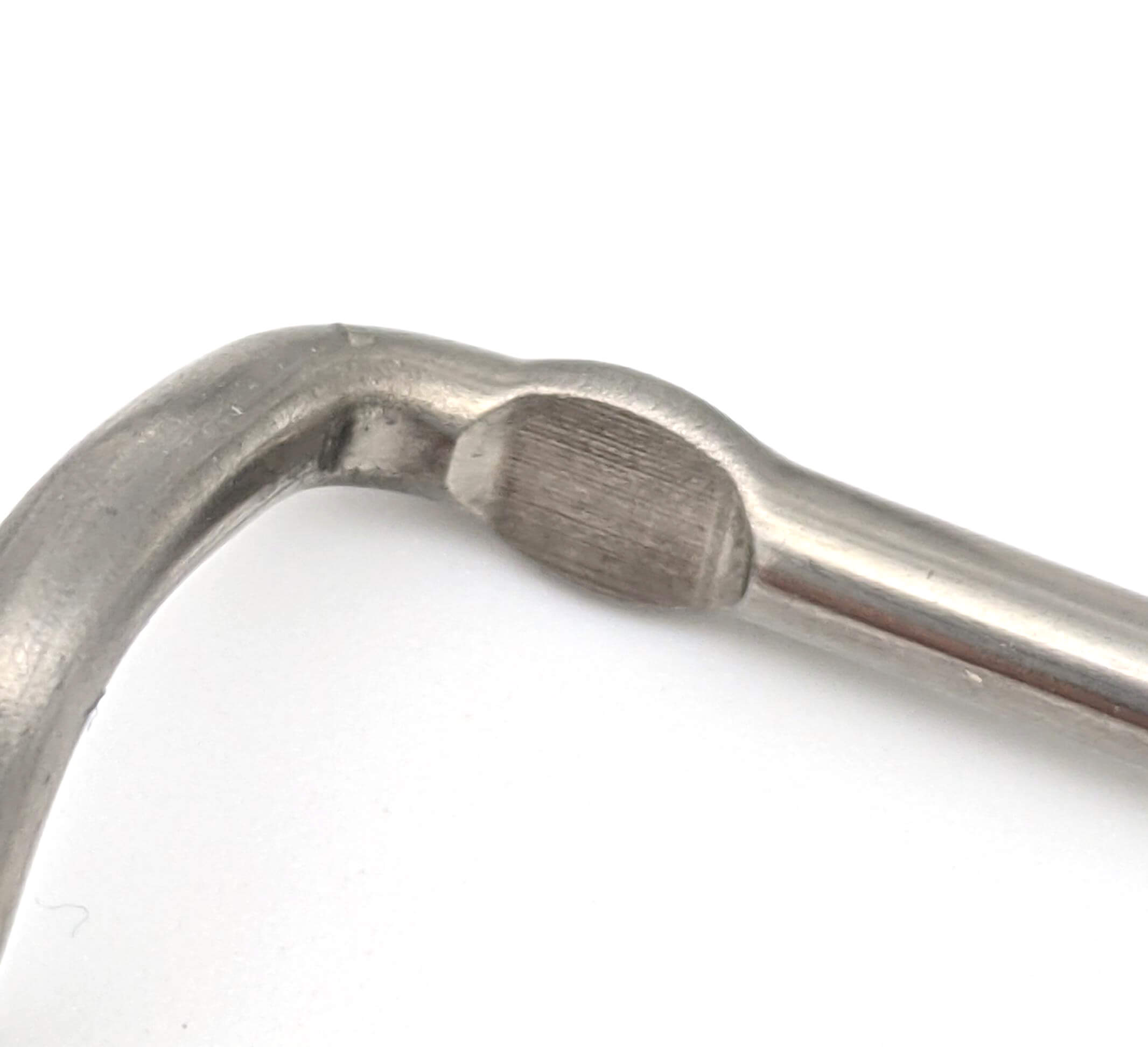Get unique, complex parts easily. No matter your requirements, Chaoyi Spring creates hard-to-produce coil springs and wire forms.
Let us help you create the custom wire form you need, from S-hooks and J-hooks to utility hooks and more.
We work closely with customers across a wide range of industries, helping them design and manufacture made-to-order parts.
Why choose Chaoyi Spring? We prioritize customer-focused collaboration, modern equipment and the latest technology to make your parts per print.
Find the information and guidance you need, from measuring a spring to learning about materials, placing an order and much more.
Garage door torsion springs are crucial for smooth and safe operation. They counterbalance the weight of the door, making it effortless to lift and lower. Winding these springs is a


Garage door torsion springs are crucial for smooth and safe operation. They counterbalance the weight of the door, making it effortless to lift and lower. Winding these springs is a delicate process that requires precision and understanding of the winding chart. This article serves as a comprehensive guide for homeowners looking to learn about torsion spring winding charts and how to use them effectively.

The winding chart is a vital tool for garage door technicians and homeowners who are tackling spring replacement or adjustments. It provides a clear visual representation of the recommended number of turns for the torsion spring based on the door's weight and size. This chart is usually found on the door itself, attached to the torsion spring, or provided by the manufacturer.
The chart typically uses a grid format, with door weight on one axis and the number of spring turns on the other. The intersection of these points indicates the recommended number of turns for your specific door. Always consult the chart provided by the manufacturer or your garage door technician for the most accurate information.
Winding a torsion spring is a dangerous task that should only be attempted by experienced professionals. The springs are under extreme tension, and improper winding can lead to serious injury or even death. It is crucial to:
Once you have located the winding chart and ensured you're equipped with safety gear, follow these steps to wind your torsion spring:
While the winding chart provides a solid starting point, it's essential to consider some additional factors:
Winding a torsion spring is a demanding task that requires specialized knowledge, tools, and safety measures. While a winding chart provides valuable guidance, it's strongly recommended to leave this task to qualified garage door technicians. Their expertise and experience ensure proper spring tension, optimal performance, and most importantly, safety.
By understanding the winding chart and following these steps, you can effectively manage the tension of your garage door torsion springs. However, it's vital to remember that winding a torsion spring is a dangerous task. Never attempt it without proper training and experience. Always consult a professional for guidance and to ensure the safe and smooth operation of your garage door.
Browse some of the custom wire forms and springs that we manufacture. Don’t see what you need? We specialize in made-to-order products that meet your application requirements.
Visit Our GalleryNeed a custom wire form or coil spring? We make it work. Fill out the contact form and a representative will respond within 1 business day. If you have a PDF or CAD file, you can submit to request a quote.